An interview with Abdellatif Kechiche, director of Cannes winner Blue Is the Warmest Colour
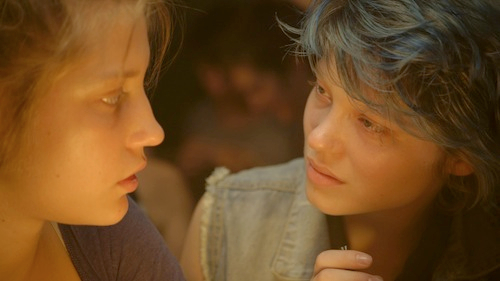
2013 Palme d’Or winner Blue Is the Warmest Colour (La Vie d’Adèle) tells the story of Adele, a teenager whose life changes forever when she meets Emma, a young woman with blue hair, who will allow her to discover desire, to assert herself as a woman and as an adult. In front of others, Adele grows, seeks herself, loses herself, finds herself. The film’s instant popularity has been so viral across many industries that even some songs, events and free registration games have referenced to it. Here’s an interview with director Abdellatif Kechiche.
Why did you choose to adapt Julie Maroh’s graphic novel Le Bleu Est une Couleur Chaude (Blue Angel) for your fifth film?
Abdellatif Kechiche: The film is very loosely adapted from the graphic novel. It was the combination of reading the graphic novel and a film project I’ve had in mind for a long time that triggered my desire to make Blue Is the Warmest Colour. Since Games of Love and Chance [2003] I have had a project for a screenplay about the career of female French teacher passionate about theatre. I was interested in developing a female character who was passionate about her professional life and wanted to pass on her enthusiasm. At the same time this teacher had to take on the repercussions of her private life on her work – her loves, her bereavements and her break-ups. I met many such teachers, men and women, while making Games of Love and Chance. I was moved by the way they lived their vocation. They were true artists, who felt very strongly about reading, painting, writing… Each of us remembers that turning point in our school life when a passionate teacher took us to see this film, or encouraged us to read that book, and perhaps instilled the seeds of a vocation in us. But in the end my screenplay never reached fruition. So when I came across Julie Maroh’s graphic novel, the story of absolute love between two women and, at the same time, of a young woman becoming a schoolteacher, I saw how I could link these two projects.
Vocation is a strong theme for the two lead characters in your film – painting for one, teaching for the other.
I find this notion of vocation entirely legitimate and honourable, and all the more so since these are anonymous, selfless vocations. It’s not about trying to secure the recognition of others. I’m full of admiration for these teachers who are deeply engaged with the progress of their students. It becomes part of their lives, the thing that gives them satisfaction.
Your film is first and foremost a love story between two women.
Telling a love story between two women means to work with two actresses to the fullest; this kind of work excites me deeply and it’s becoming more and more important in my film career.
I ask myself, what was it about this story from the graphic novel that was most inspiring, what was the spark? The illustrated panels showing naked bodies? It’s possible. In the end I don’t know the precise motivations.
How did you choose your actresses, Léa Seydoux and Adèle Exarchopoulos?
First I met Léa Seydoux for the role of Emma. She shared her character’s beauty, voice, intelligence and freedom. But what was decisive during our meeting was her take on society: she’s very much tuned in to the world around her. She possesses a real social awareness, she has a real engagement with the world, very similar to my own. I was able to realise to how great an extent, as I spent a whole year with her between the time she was chosen for the role and the end of shooting.
I also thought there was something that could be described as quite “Arabic” about Léa, something of an Arabic soul. She told me later she has Arabic half- brothers, which I didn’t know. Léa has a way of going through life fully aware of what’s happening. It’s also a way of accepting life’s vicissitudes. It has something to do with nomadism, wandering, and with melancholy, and what we call “mektoub”. Léa is tinged with all this, with this way of going through the world.
And Adèle Exarchopoulos?
We organised a huge casting and I chose Adèle the minute I saw her. I had taken her for lunch at a brasserie. She ordered lemon tart and when I saw the way she ate it I thought: “It’s her! Very much “within her senses”, her way of moving her mouth, of chewing… Her mouth was a very important element in this film – in fact, both characters’ mouths were decisive, and for very human reasons. They provoke all sorts of feelings and sensations. Something in a face touches us: a nose, a mouth… For me this is the beginning of everything…
Why did you decide to change the name of one of the characters from Clémentine to Adèle?
Clémentine became Adèle because I wanted to keep the name of my actress. It didn’t bother her. I think it even helped her merge with her character, and I with her. It’s also a matter of sound: Adèle, Emma, Léa are all light, ethereal names.
Of course, it’s subjective. And then there’s the fact that Adèle means “justice” in Arabic, which I liked a lot.
“Social justice” is an important word with regard to all your films. Here, is it conveyed by a vision of the two different classes to which the characters belong?
It is indeed one of the recurring themes in my films, and becoming almost an obsession: where is the social difference? Perhaps it’s a finger on the pulse of a world to which I feel I belong, the class to which Adèle also belongs – the working class.
Emma belongs to an elite: intellectual, artistic. Each of my heroines is confined to her social class. The difficulties they have with their relationship, that which causes them to break up and ultimately what the film is about, the block in their relationship that finally causes the rupture, is their social difference, since it generates a difference in their personal aspirations. It’s not at all their homosexuality, which would be more or less tolerated, or understood, by the world around them.
Why did you choose to treat homosexuality as a love like any other, with no specific demands, given that society can sometimes be intolerant?
I had nothing militant to say about homosexuality. I didn’t try to define it, and at no point during the process of making of the film did I say to myself: “Yes, but these are two women…” I felt rather that I was telling the story of a couple. I didn’t see why I should talk specifically about homosexuality, especially since the best way would be – if I had to have a discourse on the subject – not to… to film it like any other love story, with all the beauty that this involves.
But it can only have a powerful and positive impact that you – a French citizen of Arab origins (where homosexuality is not always accepted) – should chose to direct such a story.
Once the film was completed I thought: “This is going to do Tunisian youth some good.” A revolution isn’t complete unless it’s also a sexual revolution.
The sex scenes are essential to explain the powerful love between your two heroines. How did you approach them?
What I was trying to do when we were shooting these scenes was to film what I found beautiful. So we shot them like paintings, like sculptures. We spent a lot of time lighting them to ensure they would look beautiful; after, the innate choreography of the loving bodies took care of the rest, very naturally. They had to be made aesthetically beautiful while keeping the sexual dimension. We tried many different things; we worked hard. We talked a lot but in the end discussions led nowhere. You talk a lot on set but ultimately what you say doesn’t matter that much because it’s so intellectualised, whereas reality is more intuitive.
The theme of romantic loneliness follows the theme of love.
The theme of breaking up, the emptiness you can feel, the loneliness you experience when you’re no longer loved, the bereavement you go through
– everyone has known this. Everyone feels it, and no one can explain the pain it can create, but what interests me is that, despite the pain, life goes on and what must be accomplished goes on. For me, that’s why Adèle’s character is heroic. She takes it all upon herself and continues to fulfil that for which she was destined.
The loneliness triggered by heartache leads to courage, a theme that also seems to interest you in this film.
I greatly admire the character of Adèle: this free woman, courageous, devoted and strong. Adèle is devastated by her sorrow but doesn’t once let it show in her work as a schoolteacher. She copes. Whenever I see courage like this in someone, it troubles me. Personally I don’t feel courageous, but I hold on to the idea. I often see it in young women, this strength, this self-affirmation. It reminded me – without my wanting to compare myself to him in any way – of Marivaux, and in particular of “La vie de Marianne”, with its orphan heroine so determined and full of courage in the face of hardship. There is a kinship with the way I saw Adèle.
Your cinematic style is also noticeable – a real endeavour to have the acting as natural as possible. How do you achieve this?
It is important that what is conveyed by images should be natural, and even though there’s always fabrication, it must be as little as possible. It’s a process of seeing how close you can get to “the truth” of a character, of trying to get rid of the acting, while knowing you never really quite get rid of it.
This is even more pronounced in the group scenes where the exchanges between the characters seem improvised. Is there any improvisation involved?
In these group sequences the text, the lines, are very precisely written. They exist but I try – I don’t feel I have quite succeeded yet – not to have a predefined rhythm. I try to find the rhythm while we are shooting since I have difficulty with rhythm in the screenplay, even regarding the plot structure. When I’m on set I need to break free of that principle, the principle of the screenplay that must be respected at all cost. I prefer to move towards others with my lines, to be open to something else, and not be get stuck on what is written. So when it comes to these kinds of scenes, everything is open. Lines disappear and the writing continues during shooting. I feel very comfortable with these scenes. They are constantly being re-created, to get the actors to react to each other. That amuses me.
Now the film is completed. What has it given you?
It didn’t give me any answers. On the contrary, it has multiplied my questions and uncertainties about the feminine principle – the principle of life, of hope, of mystery. I have the feeling that perhaps one day I will find an answer.
Is that the reason for the film’s subtitle “Chapters 1 and 2”?
Chapters 1 and 2 because I don’t yet know the other chapters. I’d really like Adèle to tell me what happens next.
Is Adèle your Antoine Doinel? [Truffaut’s hero and alter ego played by Jean- Pierre Léaud in several of his films]
Antoine Doinel, I admit it has crossed my mind.
The editorial unit
Watch the trailer for Blue Is the Warmest Colour here:

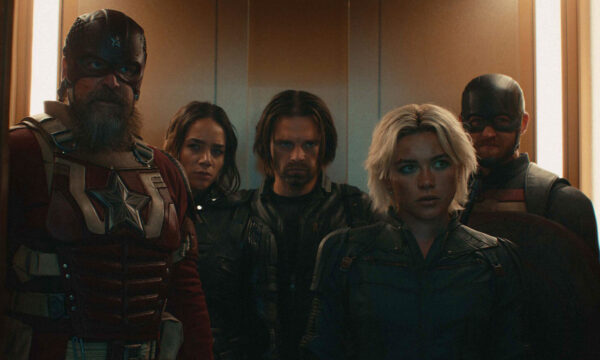
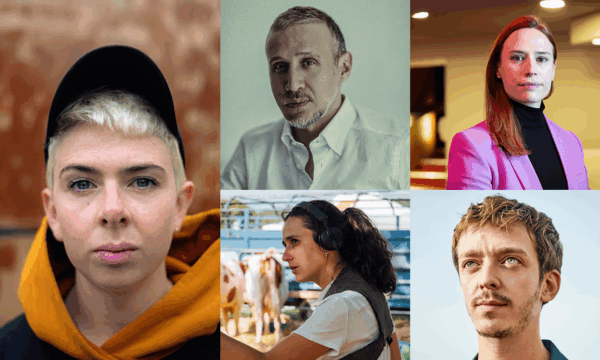
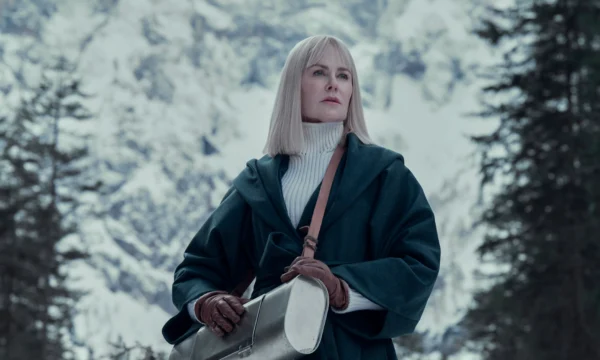
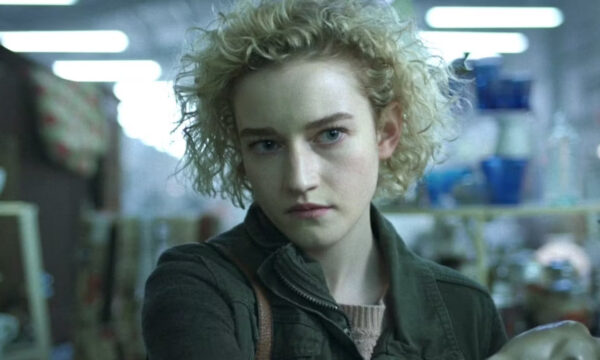
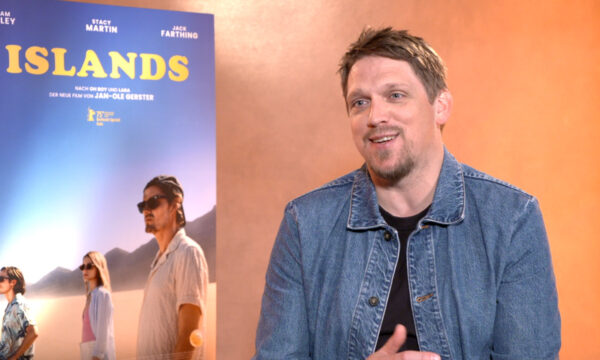
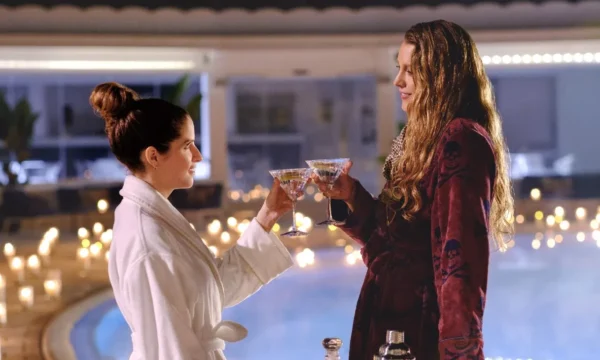
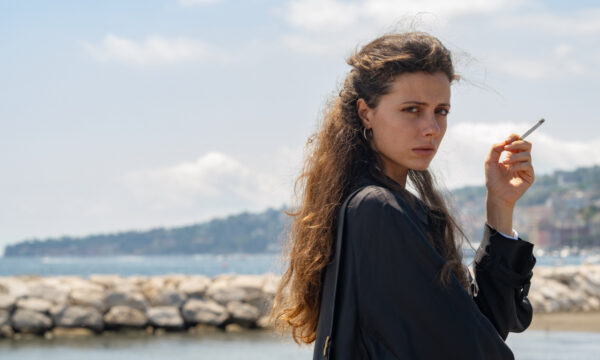
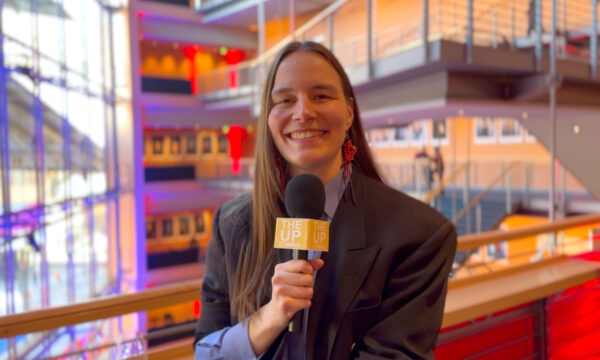
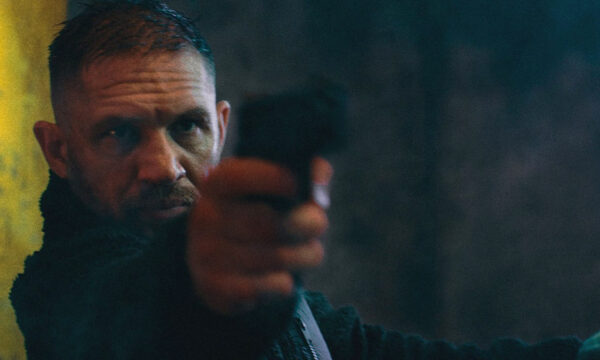
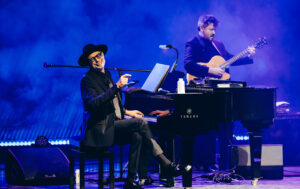
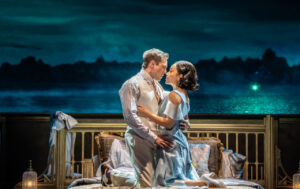
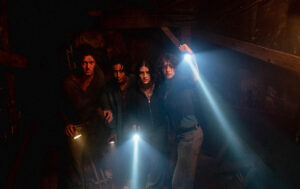
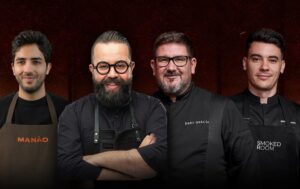
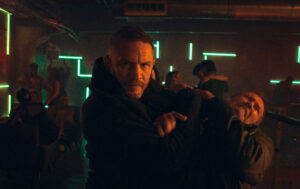
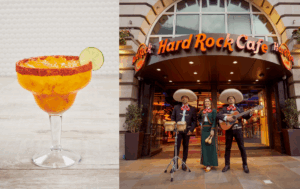
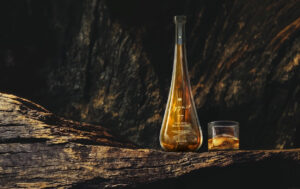
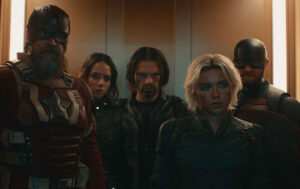
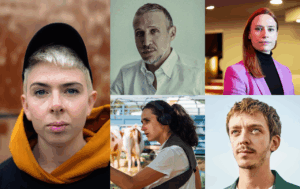
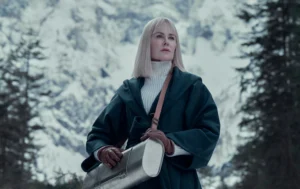



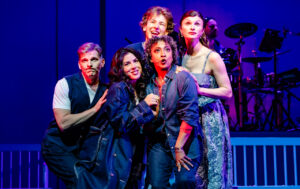
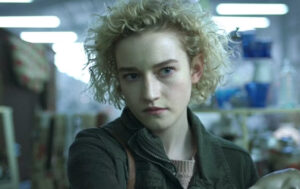
Facebook
Twitter
Instagram
YouTube
RSS